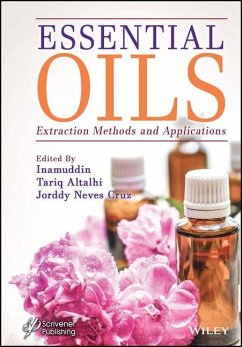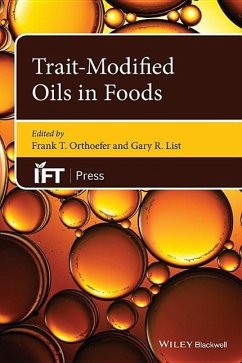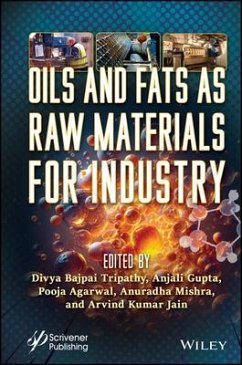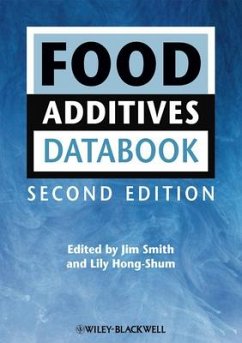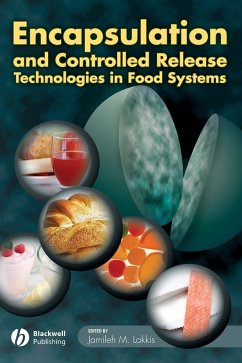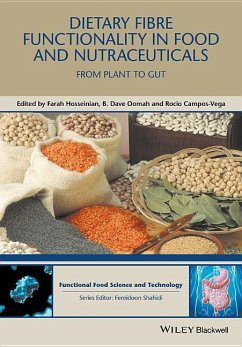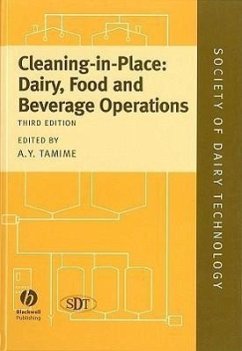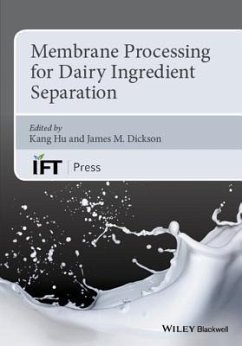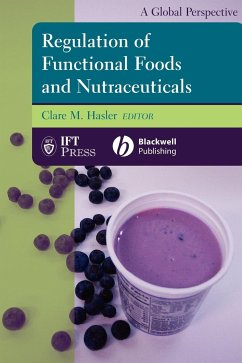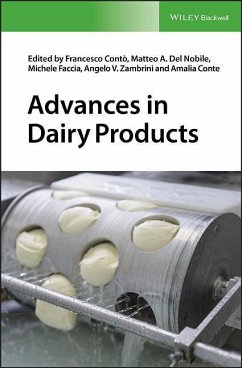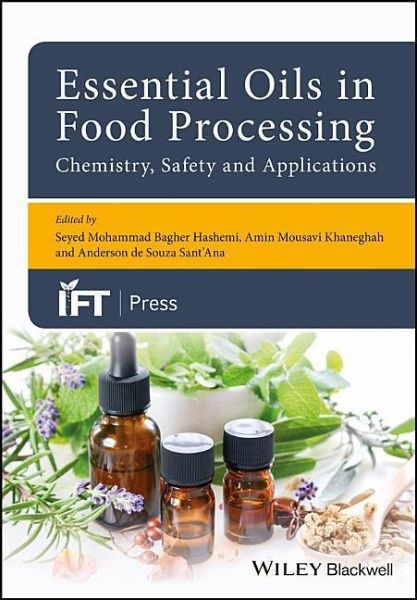
Essential Oils in Food Processing: Chemistry, Safety and Applications
Versandkostenfrei!
Versandfertig in über 4 Wochen
201,99 €
inkl. MwSt.
Weitere Ausgaben:

PAYBACK Punkte
101 °P sammeln!
Consumers' food preferences are moving away from synthetic additives and preservatives and there is an increase in demand for convenient packaged foods with long shelf lives. The use of essential oils fills the need for more natural preservatives to extend the shelf-life and maintaining the safety of foods. Essential Oils in Food Processing offers researchers in food science a guide to the chemistry, safety and applications of these easily accessible and eco-friendly substances. The text offers a review of essential oils components, history, source and their application in foods and explores c...
Consumers' food preferences are moving away from synthetic additives and preservatives and there is an increase in demand for convenient packaged foods with long shelf lives. The use of essential oils fills the need for more natural preservatives to extend the shelf-life and maintaining the safety of foods. Essential Oils in Food Processing offers researchers in food science a guide to the chemistry, safety and applications of these easily accessible and eco-friendly substances. The text offers a review of essential oils components, history, source and their application in foods and explores common and new extraction methods of essential oils from herbs and spices. The authors show how to determine the chemical composition of essential oils as well as an explanation of the antimicrobial and antioxidant activity of these oils in foods. This resource also delves into the effect of essential oils on food flavor and explores the interaction of essential oils and food components. Essential Oils in Food Processing offers a: * Handbook of the use of essential oils in food, including their composition, extraction methods and their antioxidant and antimicrobial applications * Guide that shows how essential oils can be used to extend the shelf life of food products whilst meeting consumer demand for "natural" products * Review of the use of essential oils as natural flavor ingredients * Summary of relevant food regulations as pertaining to essential oils Academic researchers in food science, R&D scientists, and educators and advanced students in food science and nutrition can tap into the most recent findings and basic understanding of the chemistry, application, and safe us of essential oils in food processing.




